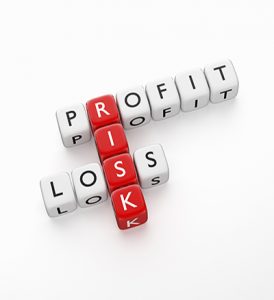By Tonya Price
If you have started an indie publishing company you are a risk taker, but to succeed as a writing entrepreneur, you must be a risk adverse, risk taker!
Indie publishers take risks.
Leaving a job to write full time requires the entrepreneur to give up a steady paycheck with benefits and risk bankruptcy.
Creating a brand involves the risk of driving away some readers.
Publishing your stories in an innovative format using social media, or offering chapters each week through podcasts like the old radio shows or telling a story through virtual reality increases the risk sales may decline.
You need the courage to try something that may fail, but you need to survive failure. Successful entrepreneurs are risk adverse, risk takers.
Given two options, they will go with the choice that is most likely to succeed. They want to avoid losing money or loyal readers. They don’t invest in an unknown marketing approach or technology unless they believe they have a good chance of making more money. Over time they know they will sometimes fail, but they do not put themselves in situations where a failure will prevent them from paying their bills.
Innovative entrepreneurs don’t try every idea they think of and hope it works. They calculate the risk of failure and work to eliminate as much risk as they can. How do they do this? By following these nine guidelines:
- They conduct extensive research to determine the impact of the idea on book sales and projected costs.
- They estimate how readers will likely react based on the entrepreneur’s experience, by consulting trusted advisors and analyzing trends in the marketplace.
- They reject an idea that carries a high probability of failure.
- They determine if the idea fits with their business’ goals, their branding image, and the strategies outlined in their business plan.
- They track reader reactions to the innovation and adjust based on their fans’ comments.
- They decide ahead of time at what point they will drop an unprofitable idea.
- They verify the business has the cash to survive a failure.
- They create a backup plan, so if their idea doesn’t work out, they have time to minimize the damage to their brand and their bank account.
- They modify their tactics if the first attempt doesn’t meet their expectations and try again if they think the long term potential will benefit their company.
Change carries risk, and in the evolving publishing market, you can’t avoid change, risk, and failure. You will fail. Big success is often just a series of small failures that teaches you what works and what does not work.
Don’t be afraid to fail, just make sure you fail in a smart, calculated way.



Leave a Reply
We respect your privacy. Your email address will not be shared or sold.